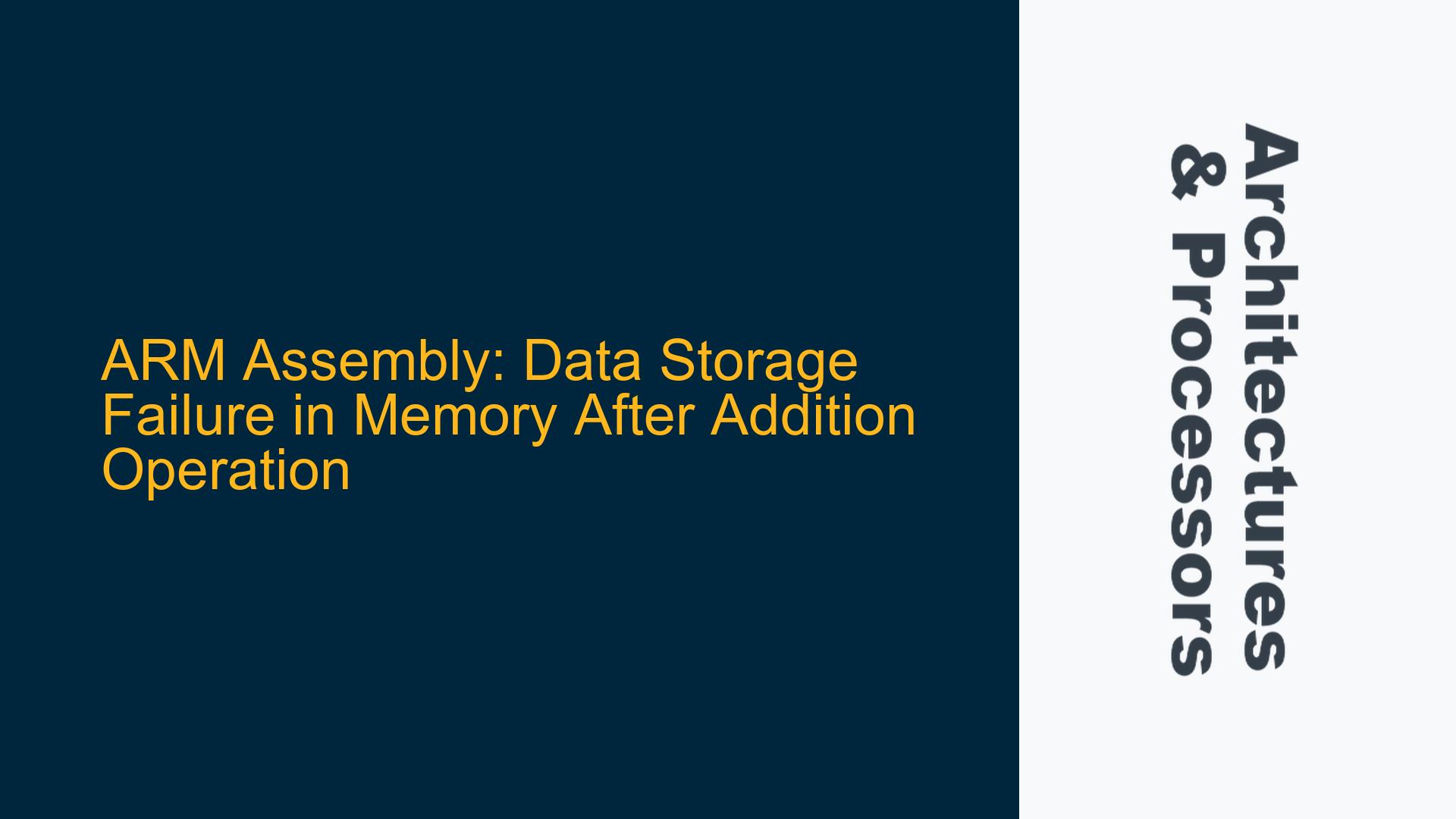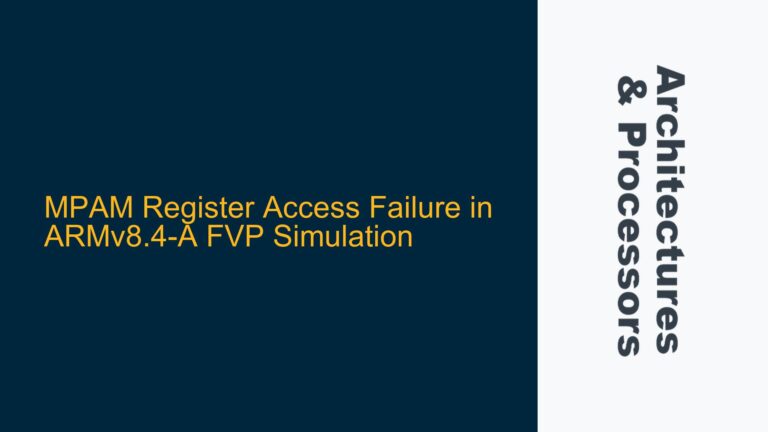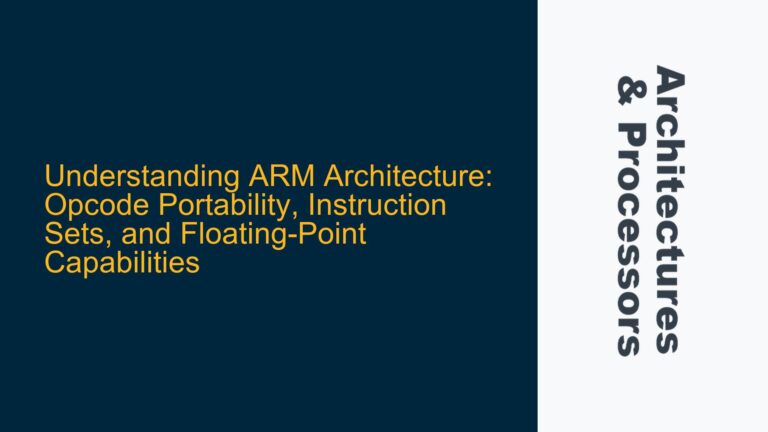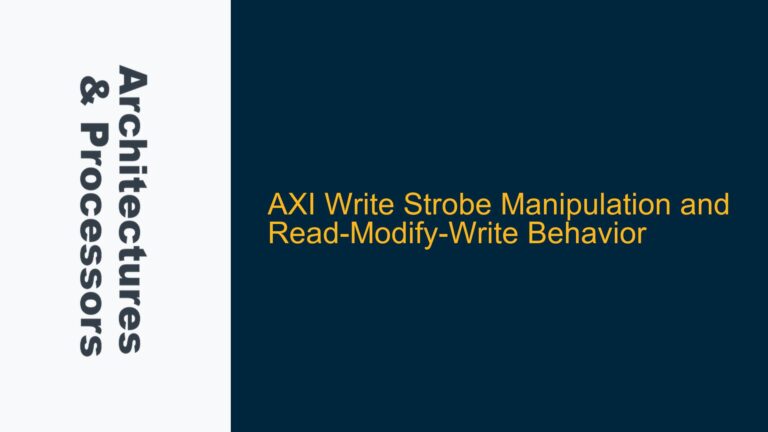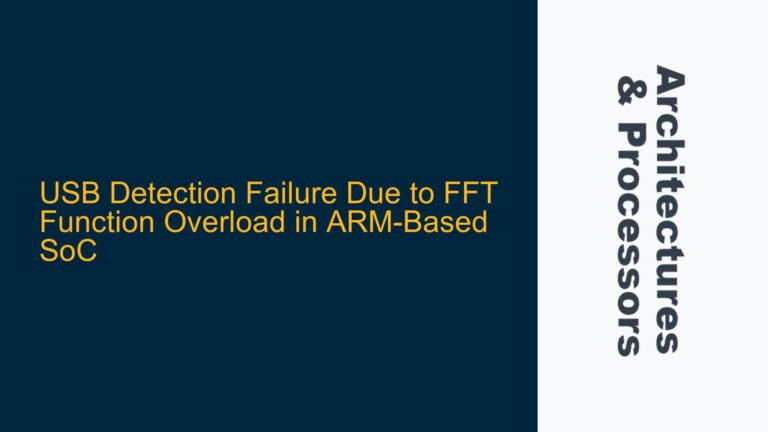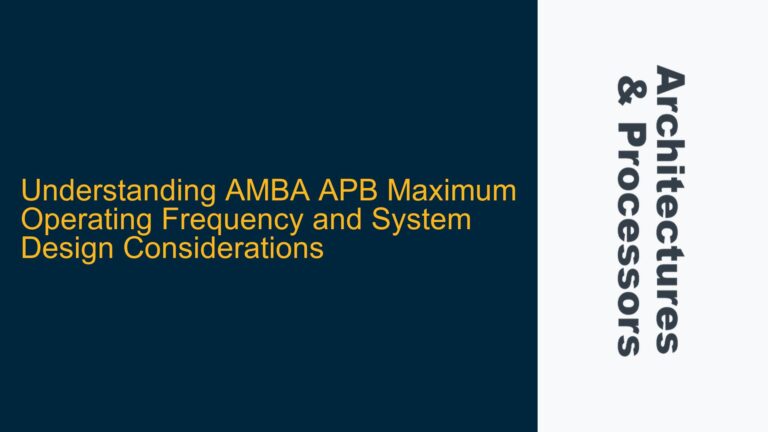ARM Cortex-M Memory Storage Issue During Data Manipulation
The core issue revolves around the inability to store the result of an addition operation back to a specific memory location in an ARM Cortex-M-based system. The code provided attempts to load three values from memory, add them together, and store the result back into memory. However, the storage operation fails, and the result is not written to the desired location. This issue is particularly critical in embedded systems where precise memory manipulation is required for data processing, sensor readings, or control algorithms.
The code snippet provided uses the ARM assembly language to perform the following operations:
- Load three values from memory into registers R1, R2, and R3.
- Add the values in R1 and R2, storing the result in R0.
- Add the value in R3 to R0, updating the result.
- Store the final result in R0 back to memory at a specific location.
The problem manifests when the STR R0, [R4, #P] instruction is executed. Despite the addition operation completing successfully, the result is not stored in the expected memory location. This suggests a potential issue with memory addressing, alignment, or the initialization of the memory region.
Incorrect Memory Addressing and Data Section Initialization
The root cause of the issue lies in the improper initialization of the data section and the use of memory addressing in the ARM assembly code. The AREA Addition, DATA, READWRITE section is intended to define a memory region for storing the input values and the result. However, the initialization of this section is flawed, leading to unexpected behavior during the storage operation.
The Vals memory region is defined using the SPACE directive, which reserves a block of memory without initializing it. Following this, the DCD directives are used to initialize specific memory locations with the values 2, 4, and 5. However, the SPACE directive reserves only 4 bytes, which is insufficient for storing the three 32-bit values and the result. This misalignment causes the STR instruction to write the result to an incorrect memory location.
Additionally, the ADRL instruction is used to load the address of the Vals memory region into register R4. While ADRL is a pseudo-instruction that loads a PC-relative address, its usage in this context may not be optimal. The ADRL instruction is typically used for loading addresses within a limited range, and its behavior can vary depending on the specific ARM core and memory layout.
The EQU directives define offsets for accessing the values in the Vals memory region. However, the offsets are calculated based on the assumption that the memory region is contiguous and properly aligned. The misalignment caused by the SPACE directive disrupts this assumption, leading to incorrect memory access.
Correcting Memory Initialization and Addressing in ARM Assembly
To resolve the issue, the memory initialization and addressing in the ARM assembly code must be corrected. The following steps outline the necessary changes and provide a detailed explanation of each modification.
Step 1: Properly Initialize the Data Section
The AREA Addition, DATA, READWRITE section must be properly initialized to reserve sufficient memory for the input values and the result. The SPACE directive should be replaced with DCD directives to ensure that the memory region is correctly allocated and initialized.
AREA Addition, DATA, READWRITE
Vals DCD 2 ; Reserve 32 bits and initialize with 2
DCD 4 ; Reserve 32 bits and initialize with 4
DCD 5 ; Reserve 32 bits and initialize with 5
DCD 0 ; Reserve 32 bits for the result, initialized with 0
ALIGN
This modification ensures that the Vals memory region contains four 32-bit values, with the first three values initialized to 2, 4, and 5, and the fourth value reserved for the result. The ALIGN directive ensures that the memory region is properly aligned, which is critical for correct memory access on ARM architectures.
Step 2: Update Memory Addressing and Offsets
The EQU directives defining the offsets for accessing the values in the Vals memory region must be updated to reflect the correct memory layout. The offsets should be calculated based on the size of each 32-bit value.
P EQU 12 ; Offset for the result (4th 32-bit value)
Q EQU 0 ; Offset for the first value
R EQU 4 ; Offset for the second value
S EQU 8 ; Offset for the third value
These offsets ensure that the LDR and STR instructions access the correct memory locations within the Vals memory region. The P offset is set to 12, corresponding to the fourth 32-bit value reserved for the result.
Step 3: Use LDR Instead of ADRL for Address Loading
The `ADRL
